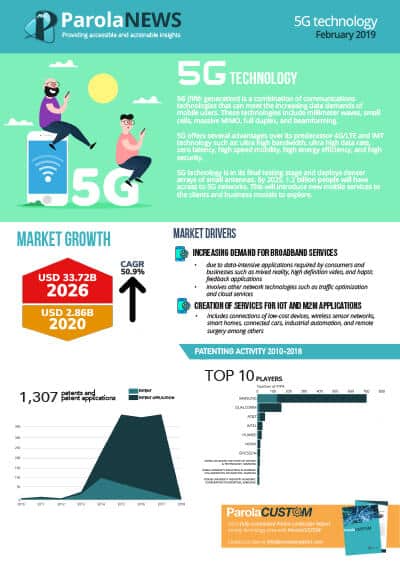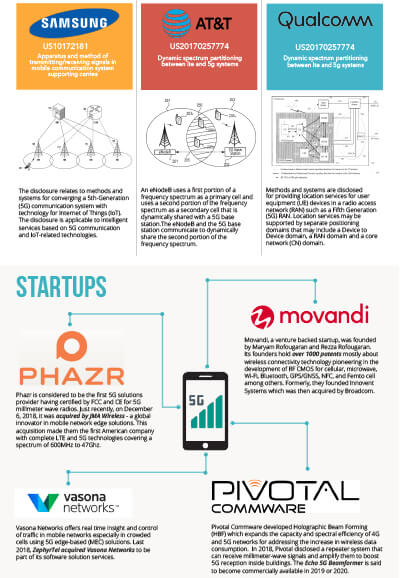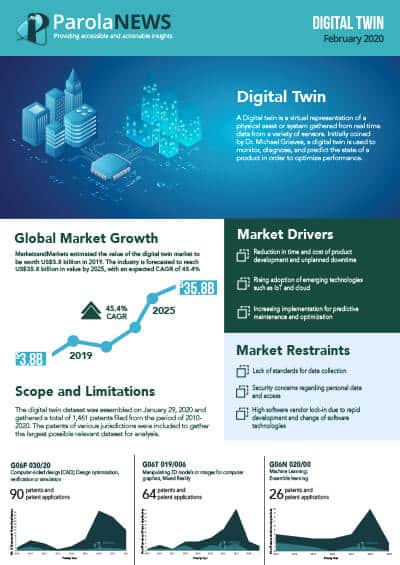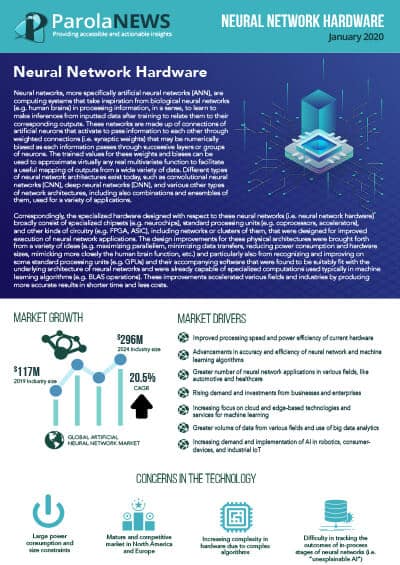5G (fifth generation) is a combination of communications technologies that can meet the increasing data demands of mobile users. These technologies include millimeter waves, small cells, massive MIMO, full duplex, and beamforming.
5G offers several advantages over its predecessor 4G/LTE and IMT technology such as: ultra high bandwidth, ultra high data rate, zero latency, high speed mobility, high energy efficiency, and high security.
5G technology is in its final testing stage and deploys denser arrays of small antennas. By 2025, 1.2 billion people will have access to 5G networks. This will introduce new mobile services to the clients and business models to explore.
According to Markets and Markets, 5G infrastructure market is estimated to be USD 2.86 Billion in 2020 and is expected to reach USD 33.72 Billion by 2026 having a CAGR of 50.9%. The development of 5G technology is driven by two major factors: the increasing demand for broadband services and the creation of services for the Internet of Things (IoT) and machine-to-machine applications.
In this issue of ParolaNEWS, we looked at the patenting activity in the 5G technology area to see which companies are actively patenting, and what technologies are being pursued.





